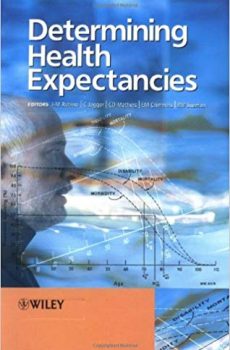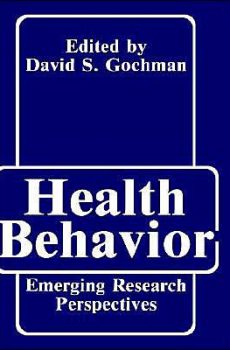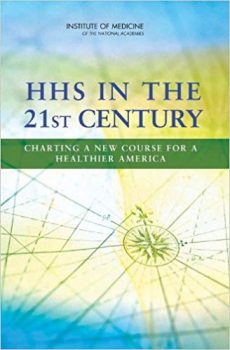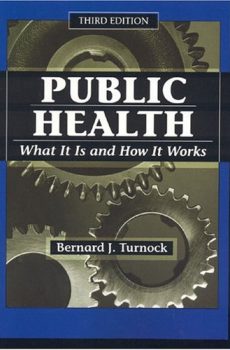- Environmental Science
- Biotechnology
- Religious Studies
- Gender studies
- Immunology
- Film Studies
- Hotel Management
- Education
- Physics
- Nursing
- Music
- Culture
- Agriculture
- Geology
- Microbiology
- Chemistry
- Sociology
- anthropology
- Personality Development & Self Help
- Society and Culture
- Uncategorised
- Non-fiction
- Astronomy
- Learning
- Psychology
- History/Biography
- Literature
- Literary Biography
- Non-fiction/Memoir
- Travel/Adventure
- Folktales
- Philosophy
- Childrens'
- Anthology
- Economics
- Autobiography
- Reference
- Science
- Essays
- ENGLISH
- Fiction
- Non fiction
- Malayalam
- Medical
- Engineering
- Foreign
- General
- Humanities and Social Sciences
- Kids
- LAW
- Science and Technology
- Spiritual
- Sports
- Business and Management







